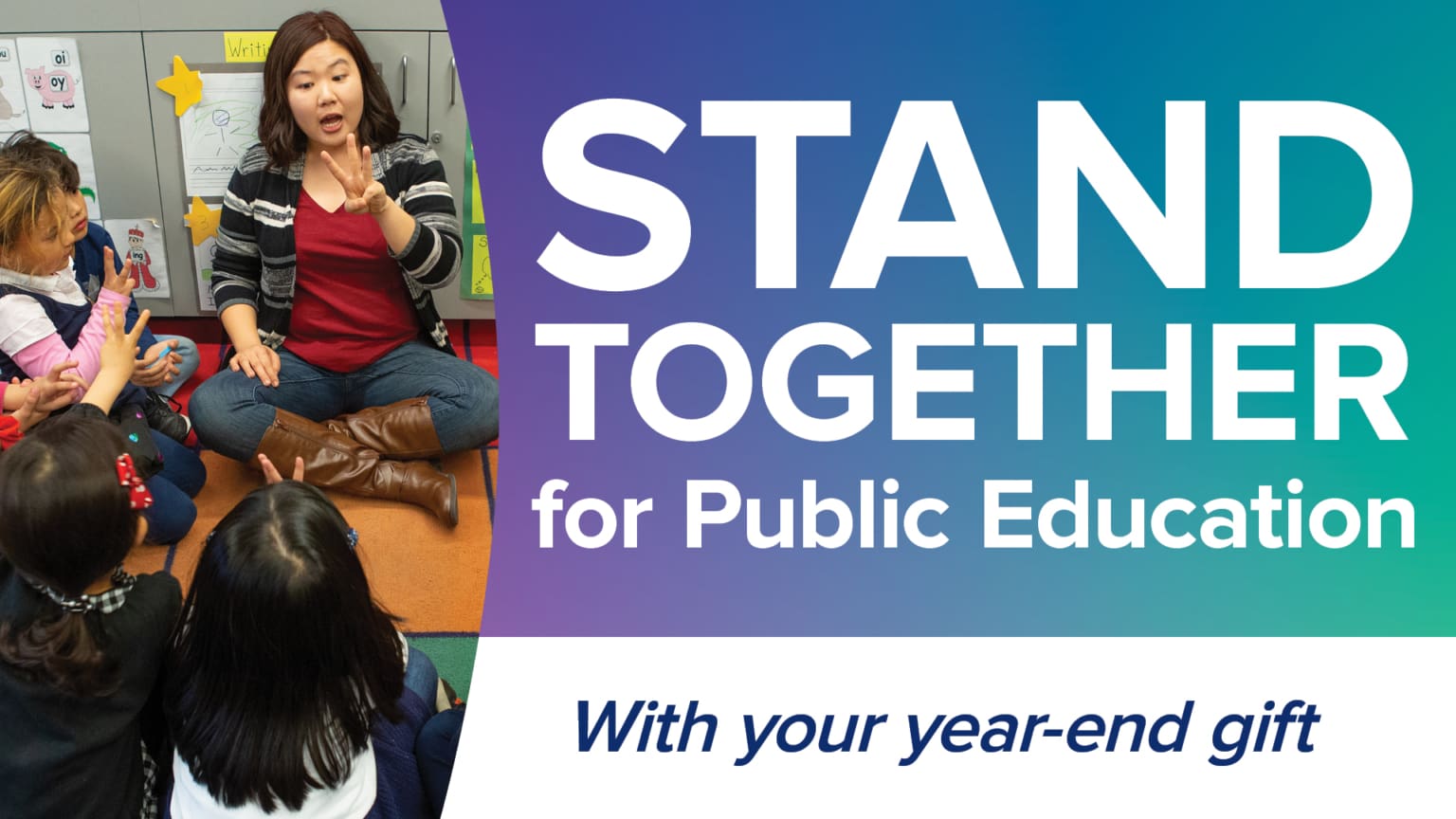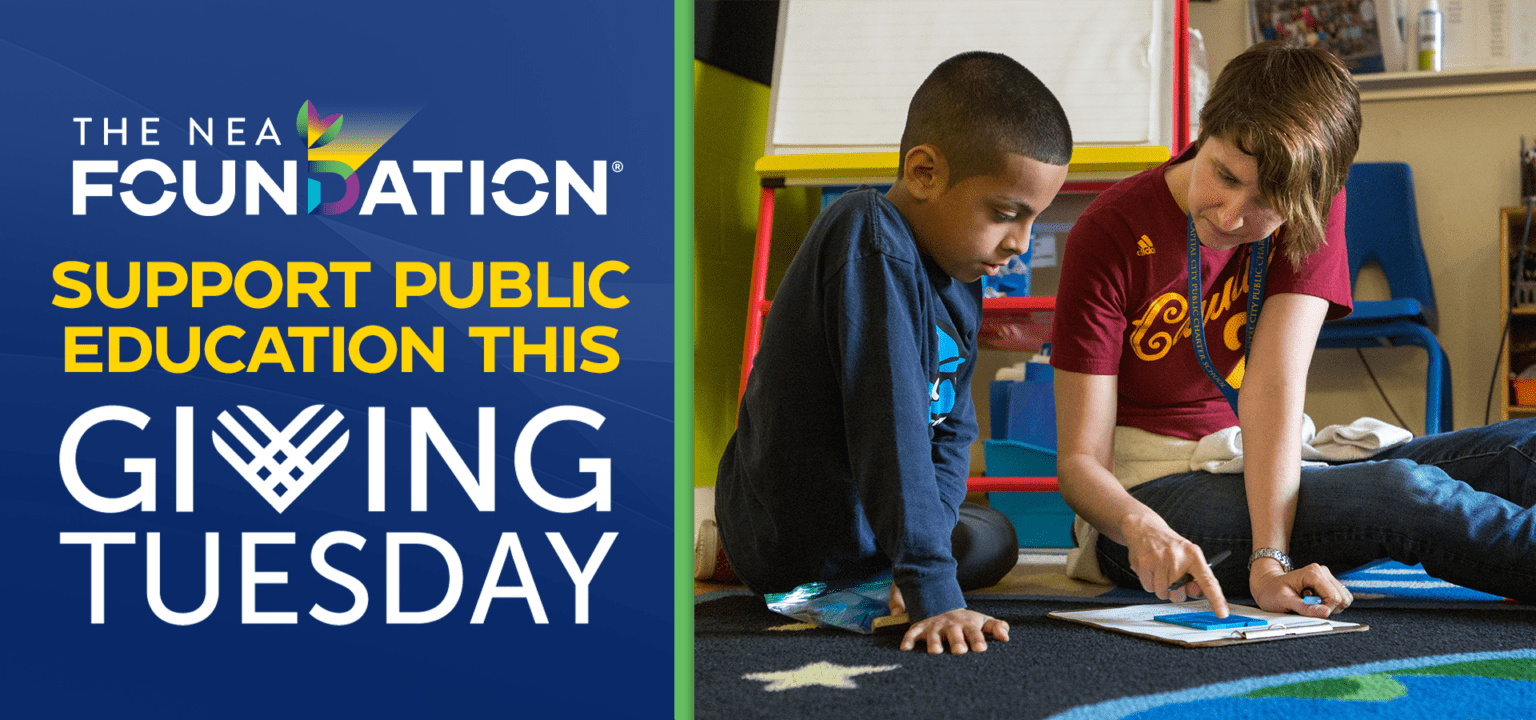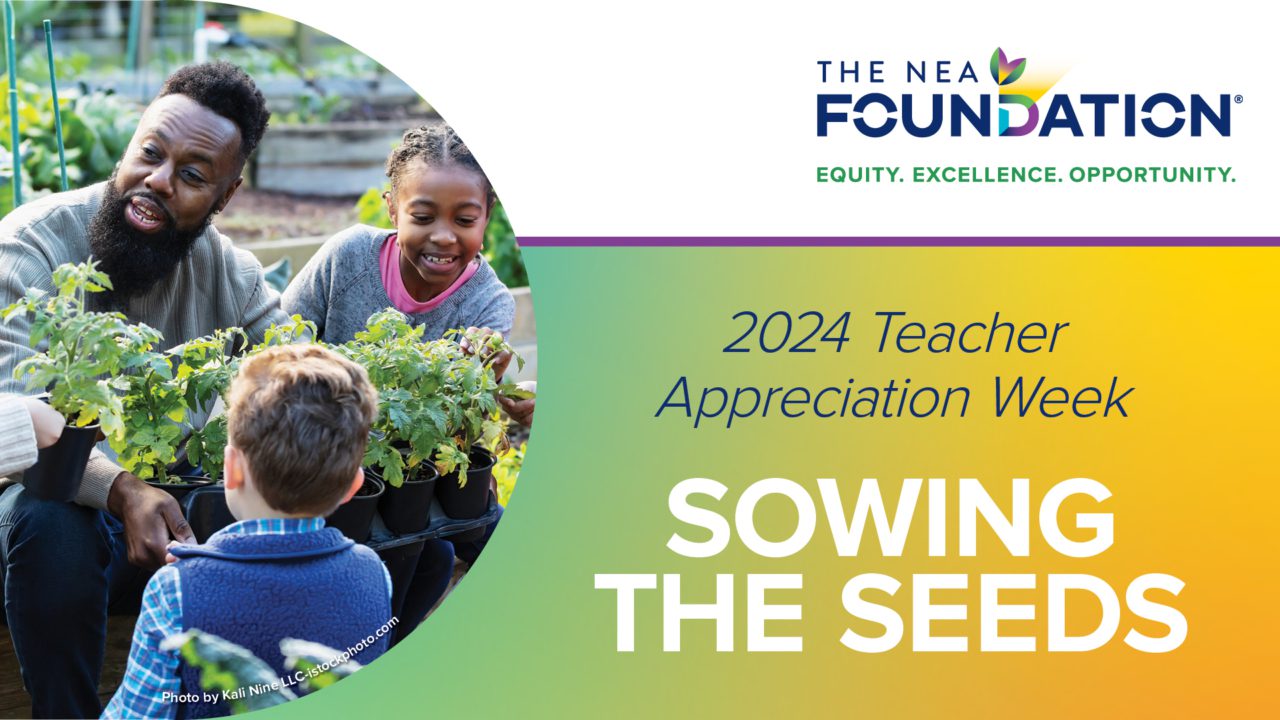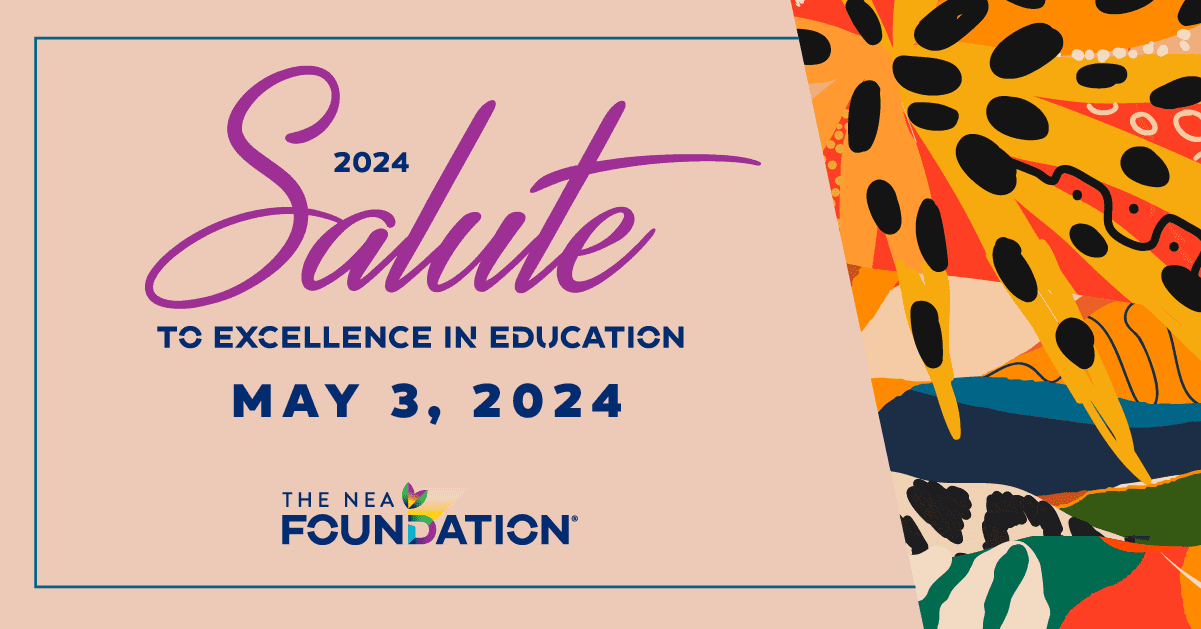By Terri Butts
Curriculum effectiveness specialist and 2015 NEA Foundation Global Learning Fellow
Richland 2 Child Development Center,Columbia, SC

Photo: 2015 Global Learning Fellows at the Cathedral of Lima
My eyes are wide open, despite landing in Cusco at 1:30 a.m. on a Saturday night. When we reach the city, the streets bustle with activity rivaling New York City. I’m ready to meet Peruvian students, taste (most of) the food, and learn more about the country, all while praying I don’t get altitude sickness. Our group of NEA Foundation Global Learning Fellows is met by the incomparable Victor Hugo (yes, that’s his real name), who will be our guide, savior, luggage locator, etc., for the next nine days. And off we go!
In my Twitter description, I describe myself as a “hopeful traveler.” I have traveled throughout the United States, but after living more than half a century, I can finally add international traveler to my description.
In my personal life, I’m not known to step out of my box, but professionally, I seek out challenges that will take me to the next level. Being a Global Learning Fellow sparked my desire to become a globally competent teacher. Participating in webinars, completing lesson modules, learning Spanish, and researching Peruvian culture served as the foundation. But everyone knows there’s no better teacher than experience.
As an early childhood educator, I decided to view the international field study through the eyes of a child. I’m always amazed by their ability to enter a new situation, often fearlessly, with no prior baggage.

Photo: Traditional Peruvian food
Eating unfamiliar foods would be my first feat of experiential learning. Food is an intimate part of every culture. In Peru, potatoes are a staple of the diet. Papas fritas, or French fries, no problem! Ceviche, cuy, or guinea pig meat, alpaca, which tastes like venison, and lomo saltado, a beef-based stir fry, are all traditional Peruvian fare. Yes, I tried them all!

Photo: Terri Butts at the Presidential Palace of Peru
The architecture of Peru delivers insight into its diverse history. Walking around the San Martin Plaza evokes thoughts of Spanish Colonialism. Touring the catacombs of the San Franciscan Church of Lima represents the Baroque period. Visiting adobe brick communities built in the hillsides of Cusco demonstrates how structures withstood the elements at elevations of more than 11,000 feet.

Photo: Terri Butts at Macchu Picchu
And, what can be said about the ancient Inca city of Machu Picchu? I’m still seeking the words to describe how the sight of it took my breath away and brought tears to my eyes.

Photo: Colegio Mayor first year students
If you take an educator to Peru, you have to visit a school, or two. I may have traveled to one of South America’s most culturally diverse countries, but I felt at home walking through the gates of these two schools. At Colegio Mayor in Lima, I saw teenagers committed to improving the welfare of their local communities.

Photo: Terri Butts with a Pumamarca Community School kindergarten educator
I learned that Pumamarca Community School was born from the passion of the Peru’s Challenge volunteer program. The embraces of each child and their small tokens of appreciation filled my heart. Spending any amount of time with Peruvian educators taught us that public education shares similar challenges, regardless of the country. But I can attest that dedication and passion trump challenges.
Back in the states, I reflect on this life-changing field study. I’m crafting a new definition of what it means to be a globally competent teacher and framing how I impact curriculum and instruction. It’s a work in progress, but this no-longer-hopeful traveler is grateful for the opportunity.








